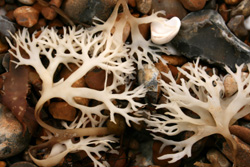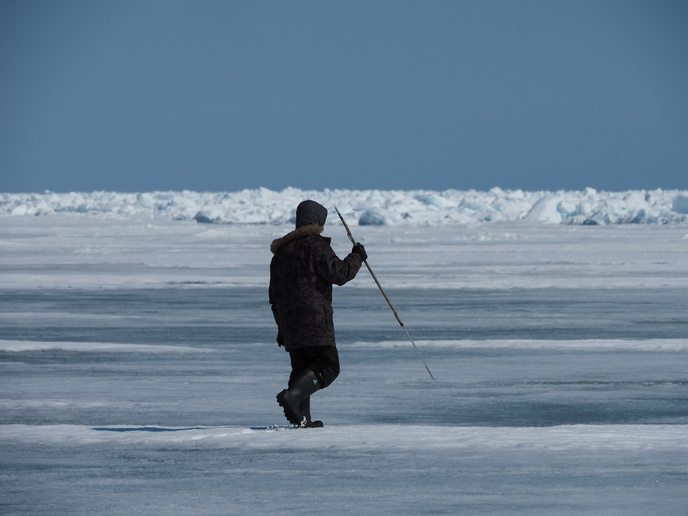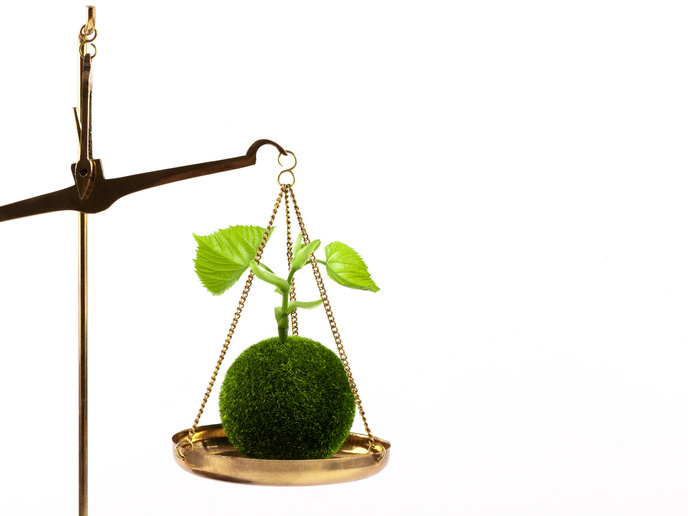Analyses of ballast water for alien seaweeds
Activities such as aquaculture, shipping and recreational boating have resulted in marine alien species being transported around the globe. The accidental introduction of alien species to European ecosystems can have a serious impact. This includes detrimental effect on the natural flora and fauna of a region, as well as the economic activity. The situation is expected to get worse over the next decade. The EU has recognised the problem and has taken measures to deal with the ensuing threat to biodiversity and natural resources. The ALIENS project took a multidisciplinary approach to combating invasive species of seaweeds to European coasts and provided information to policy makers and environmental managers. The results were used to create a screening protocol for determining whether a species was non-harmful, potentially dangerous of fully invasive. The protocol was used when implementing policies concerning imports of aquaculture products and drawing up shipping regulations. Results showed that seaweeds can be transported inside the ballast tanks of ships. Because no fronds were found in tanks, the colonisation of European coasts by alien species of seaweed was believed to be due to microscopic forms. From the 90 litres of ballast water analysed 15 taxa of seaweeds were identified. This is a large number when one considers that a ship may be carrying thousands of tonness of water as ballast. Nearly all the species identified were from the genus Ulva, which is found all around the world in marine and estuarine environments. Alien species were found in ballast water samples from Port Said at the entrance to the Suez Canal. This particular area is noted as a hotspot for the introduction of non indigenous species.







